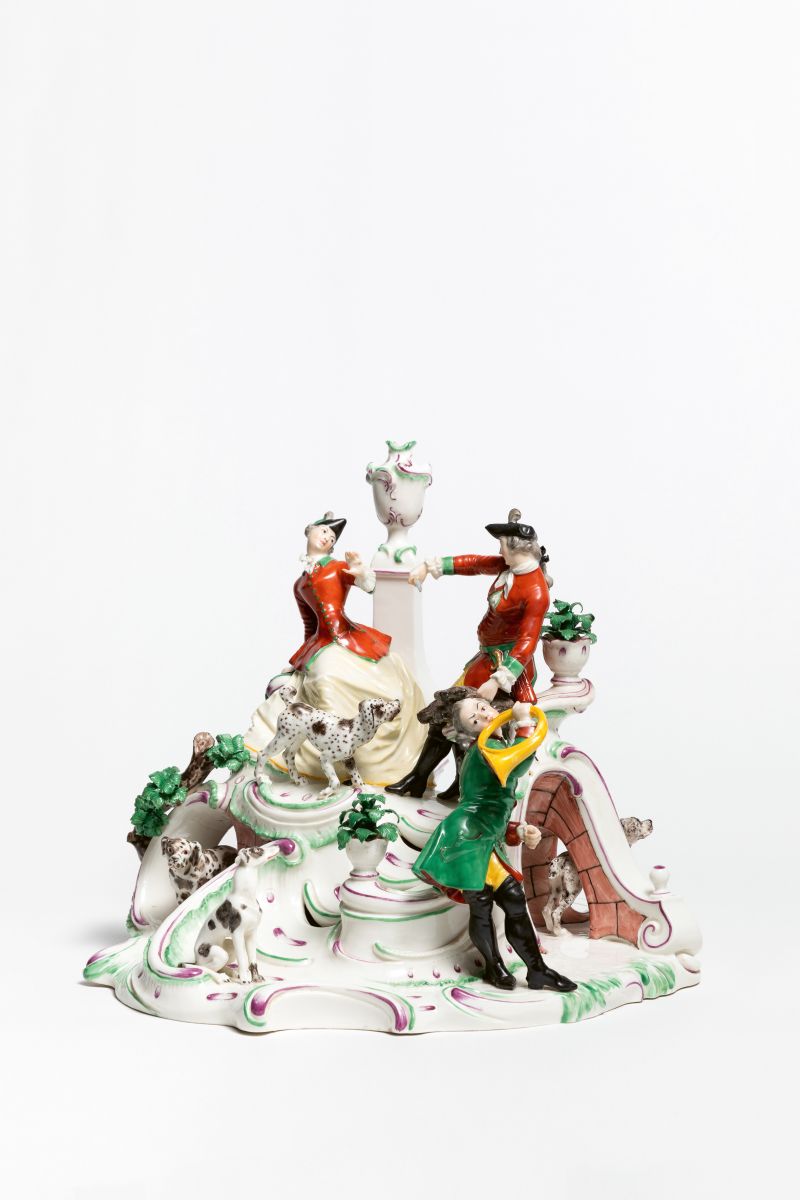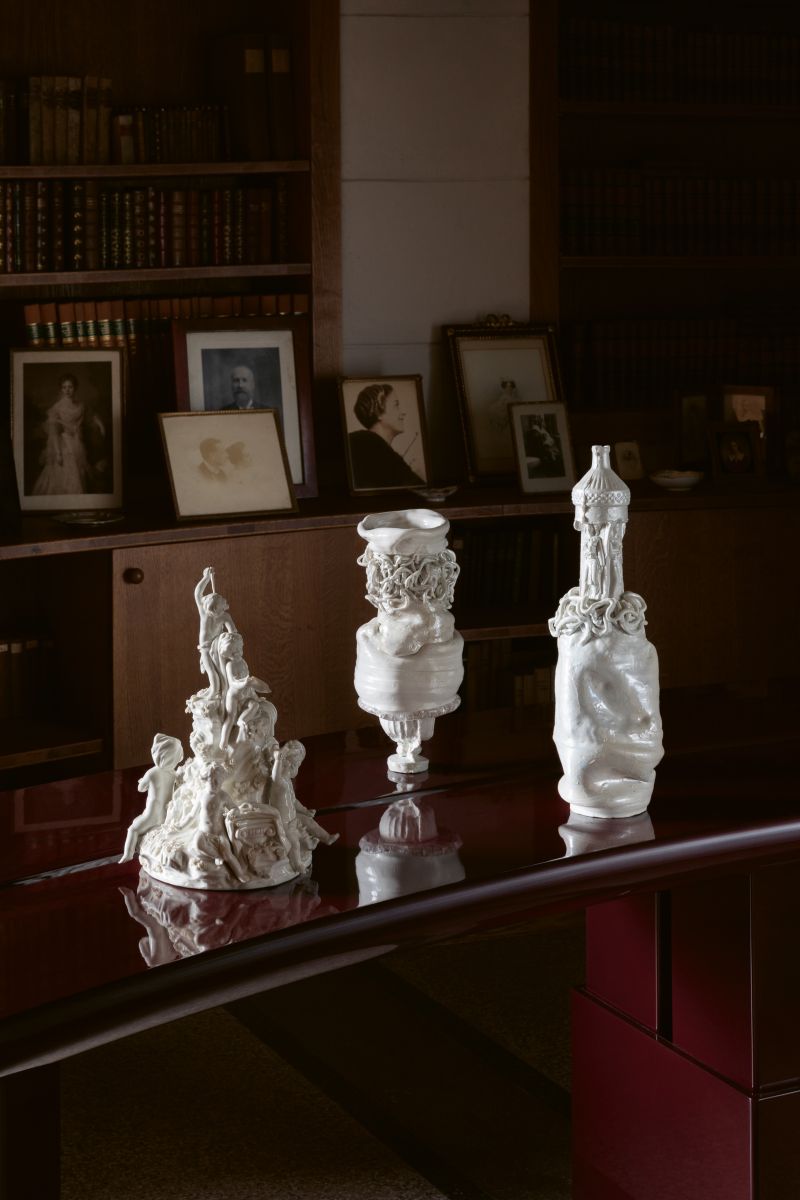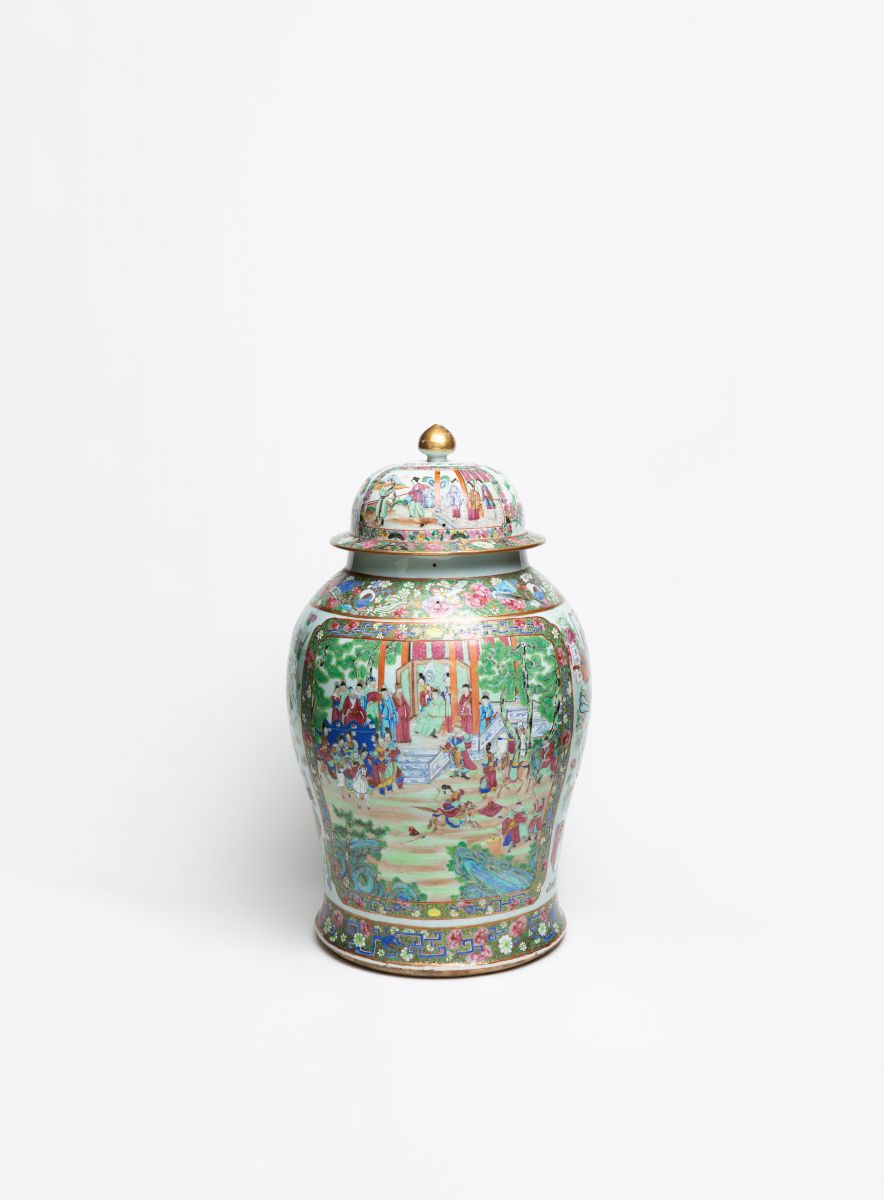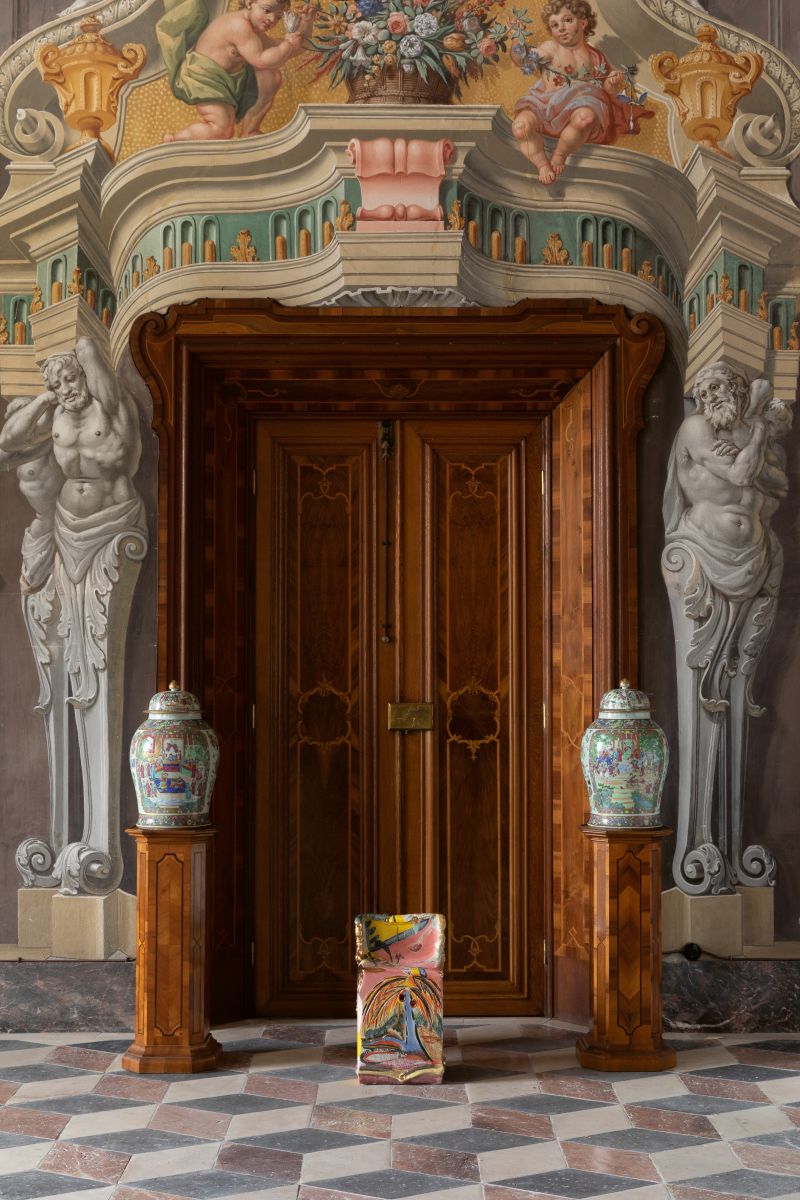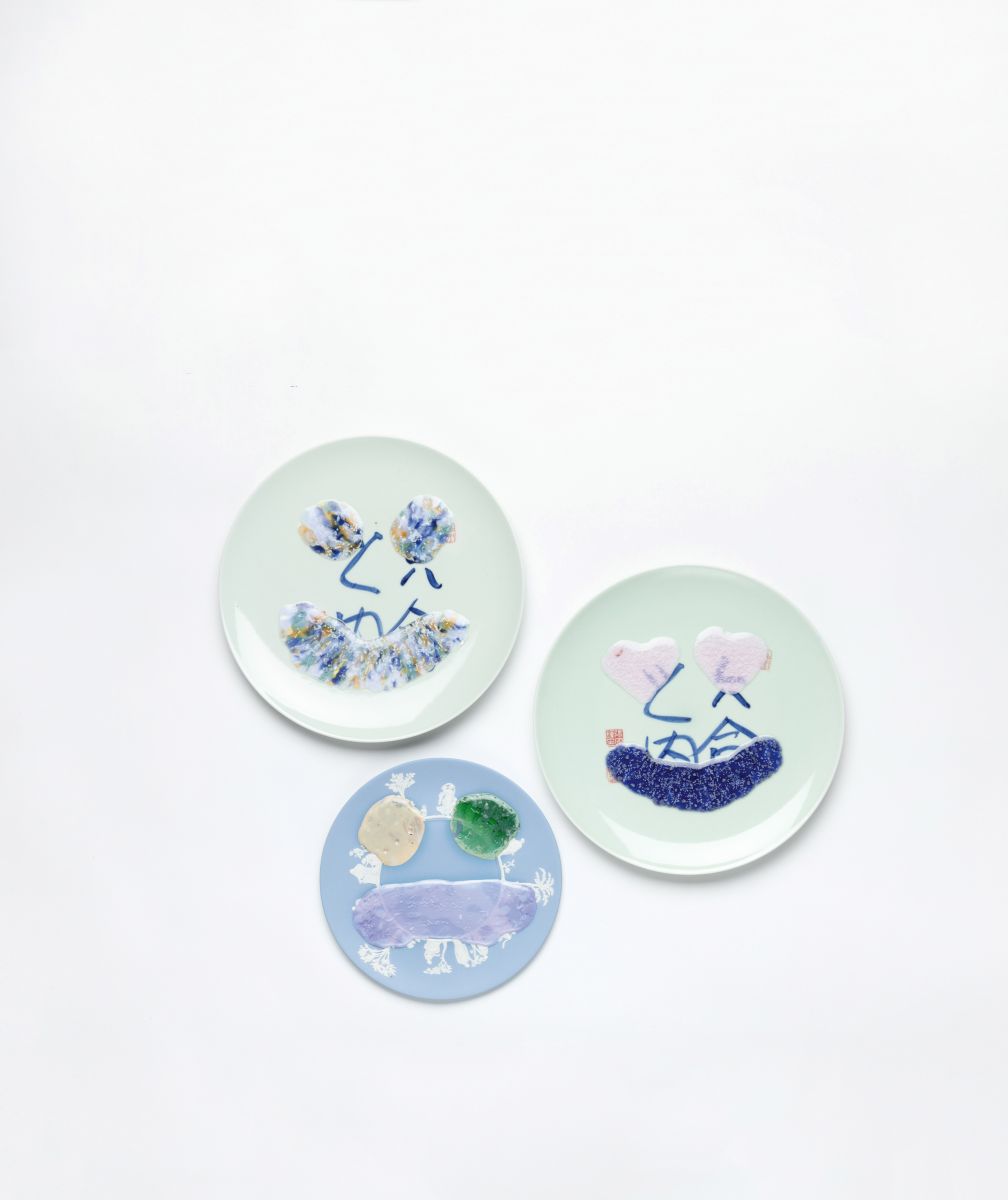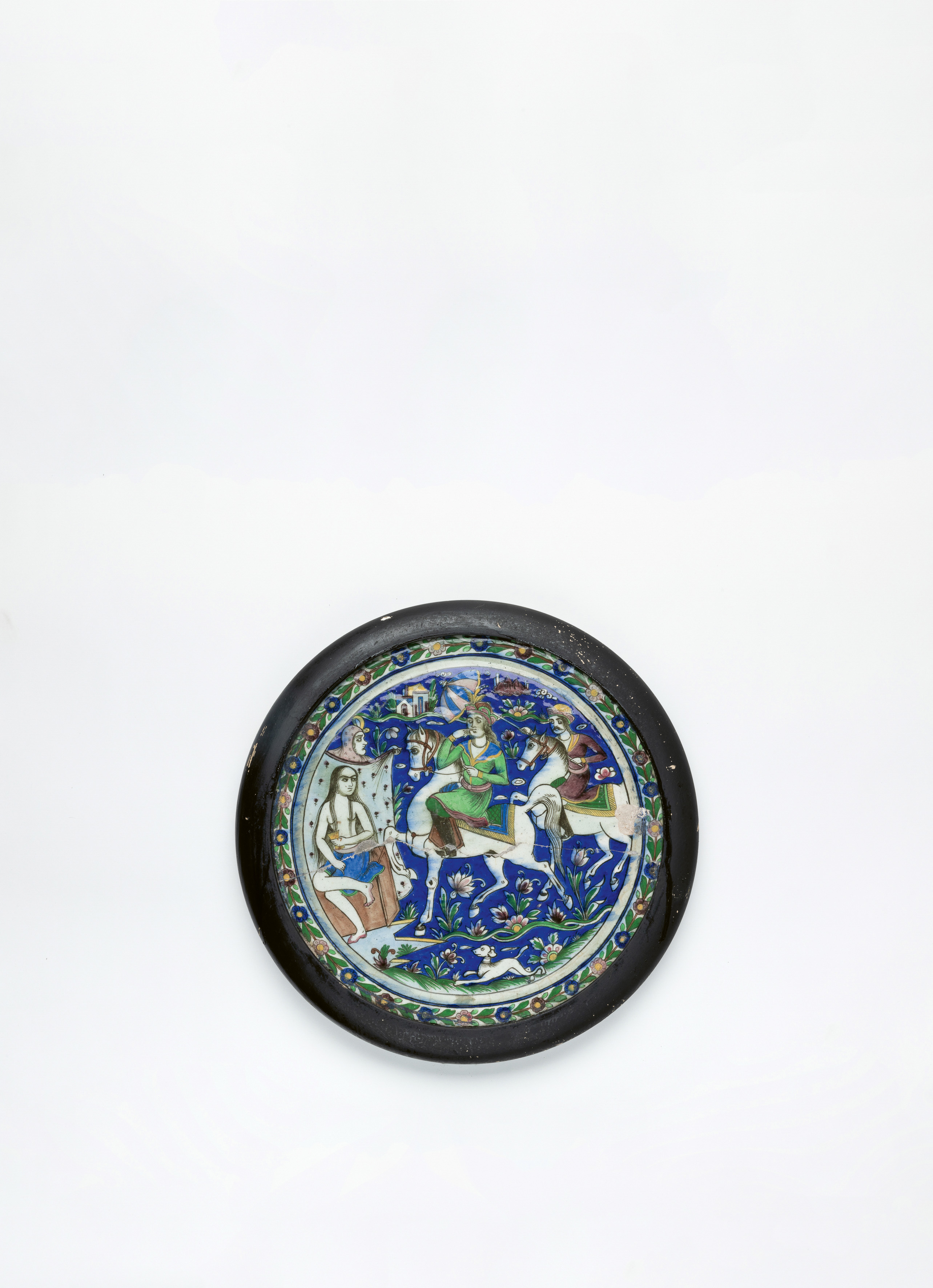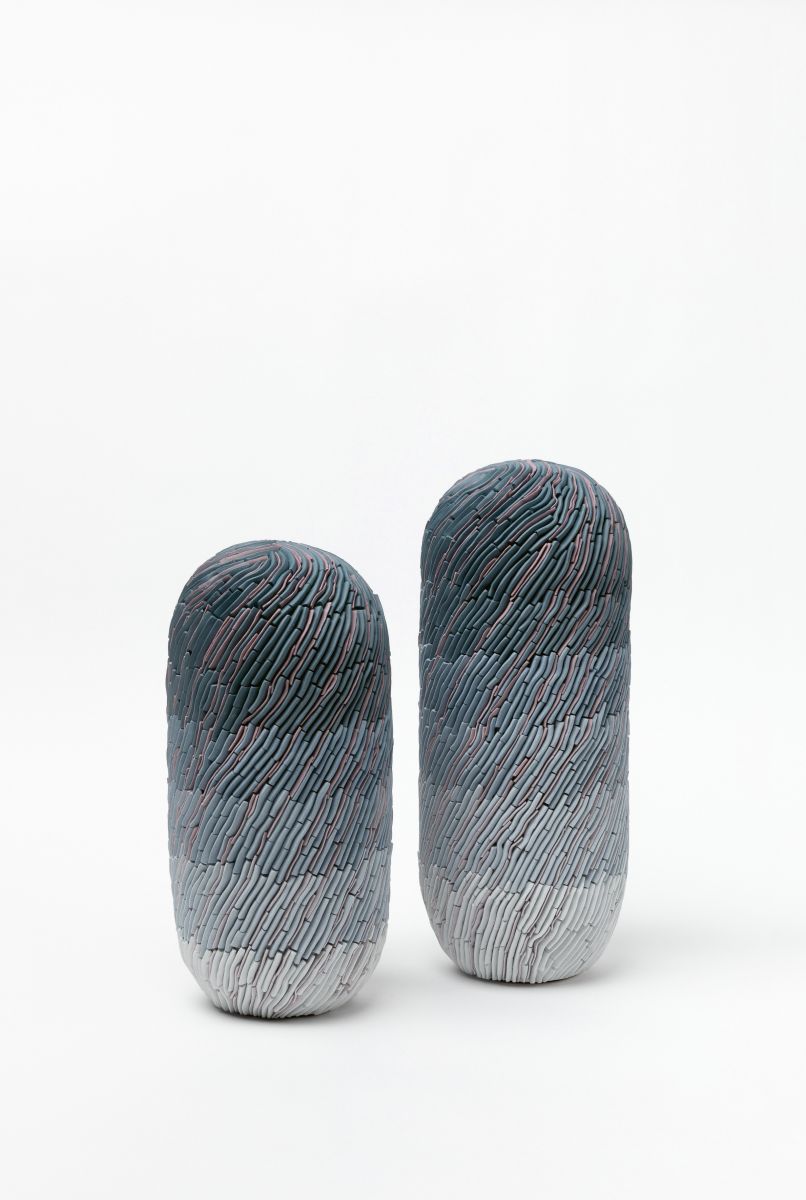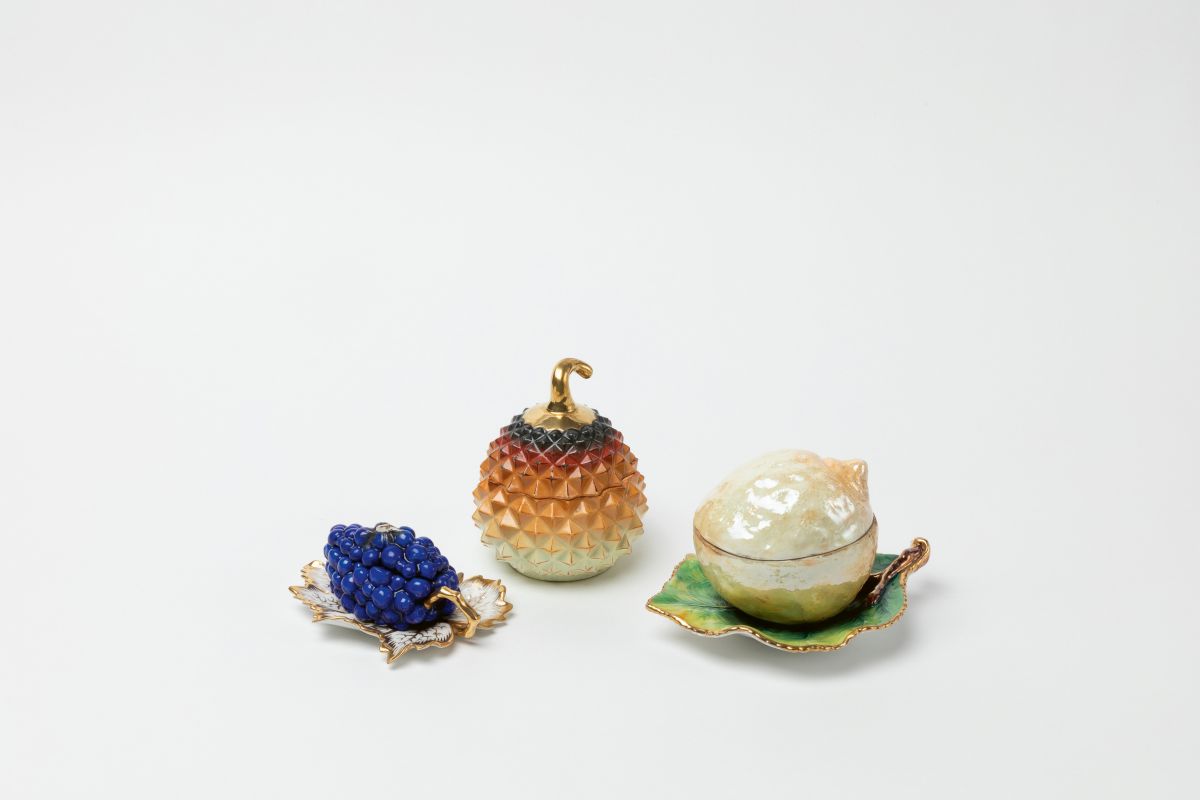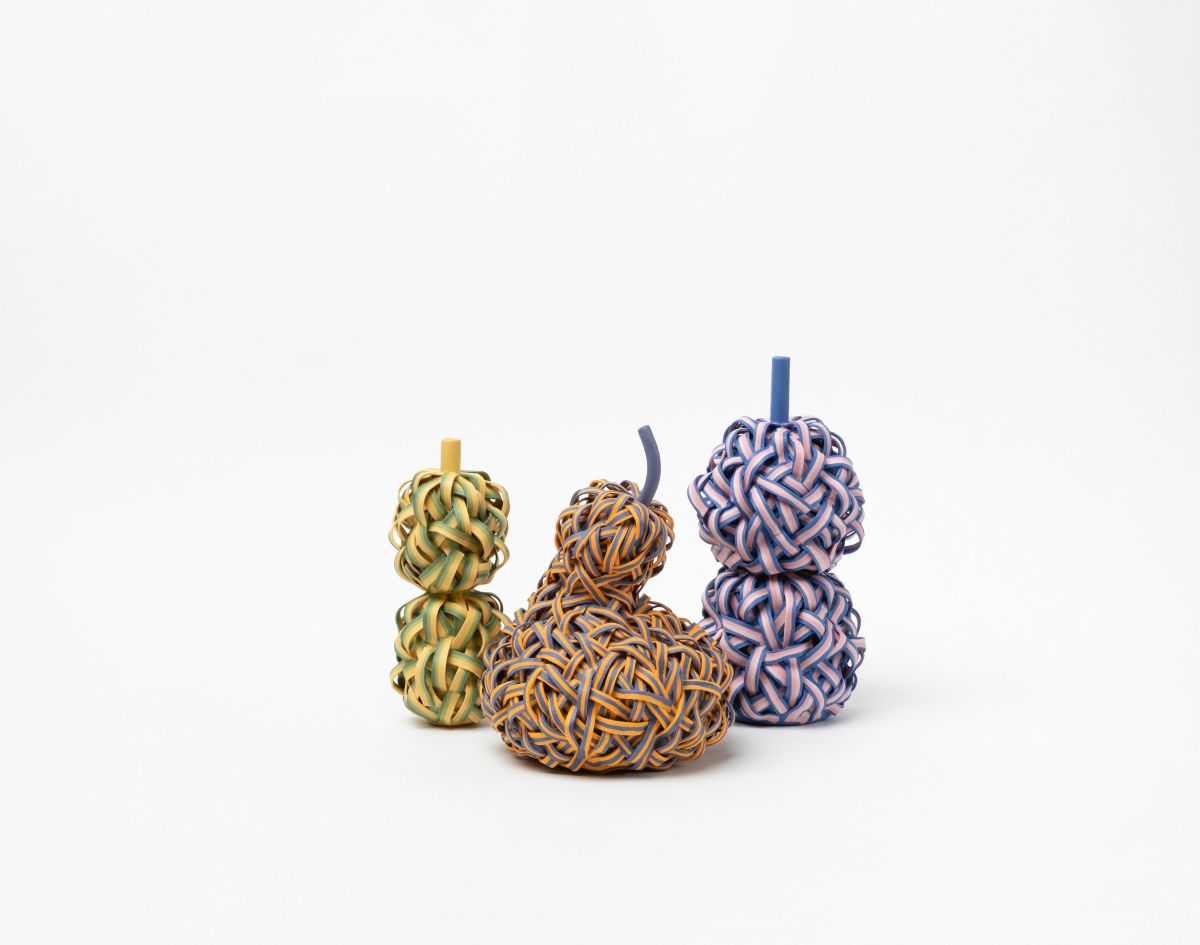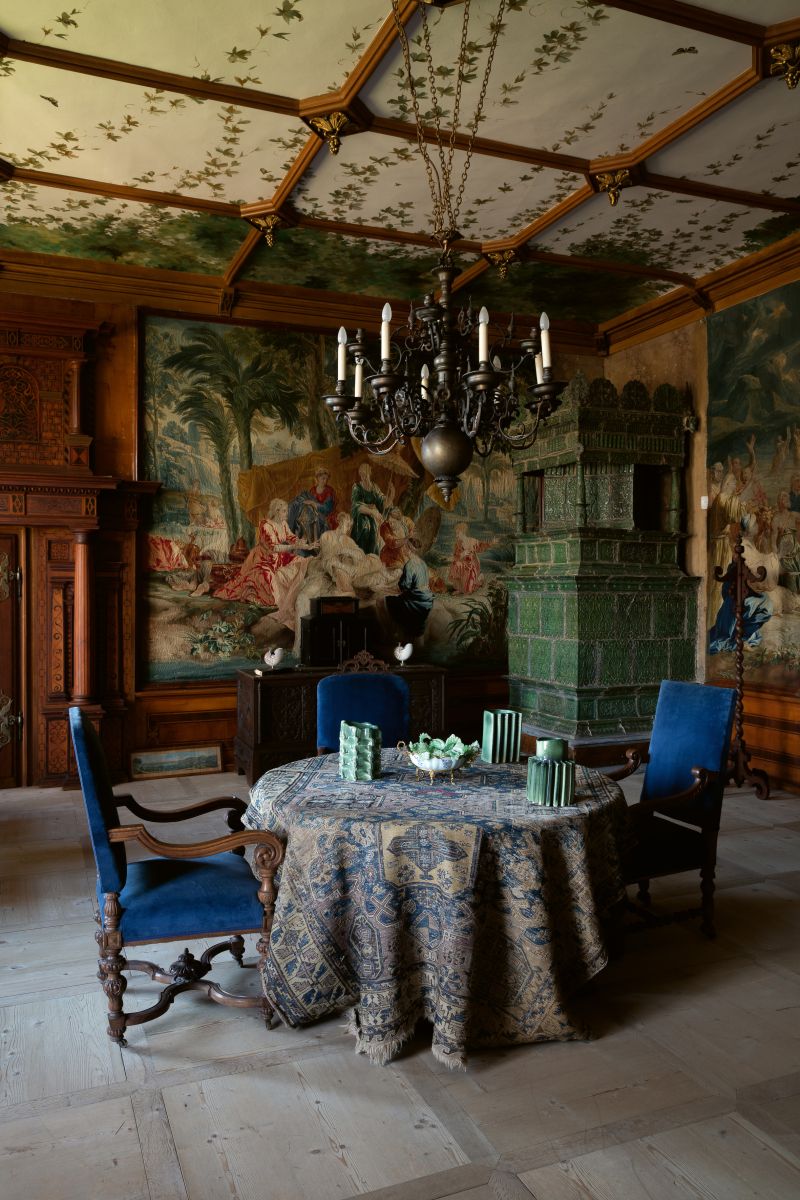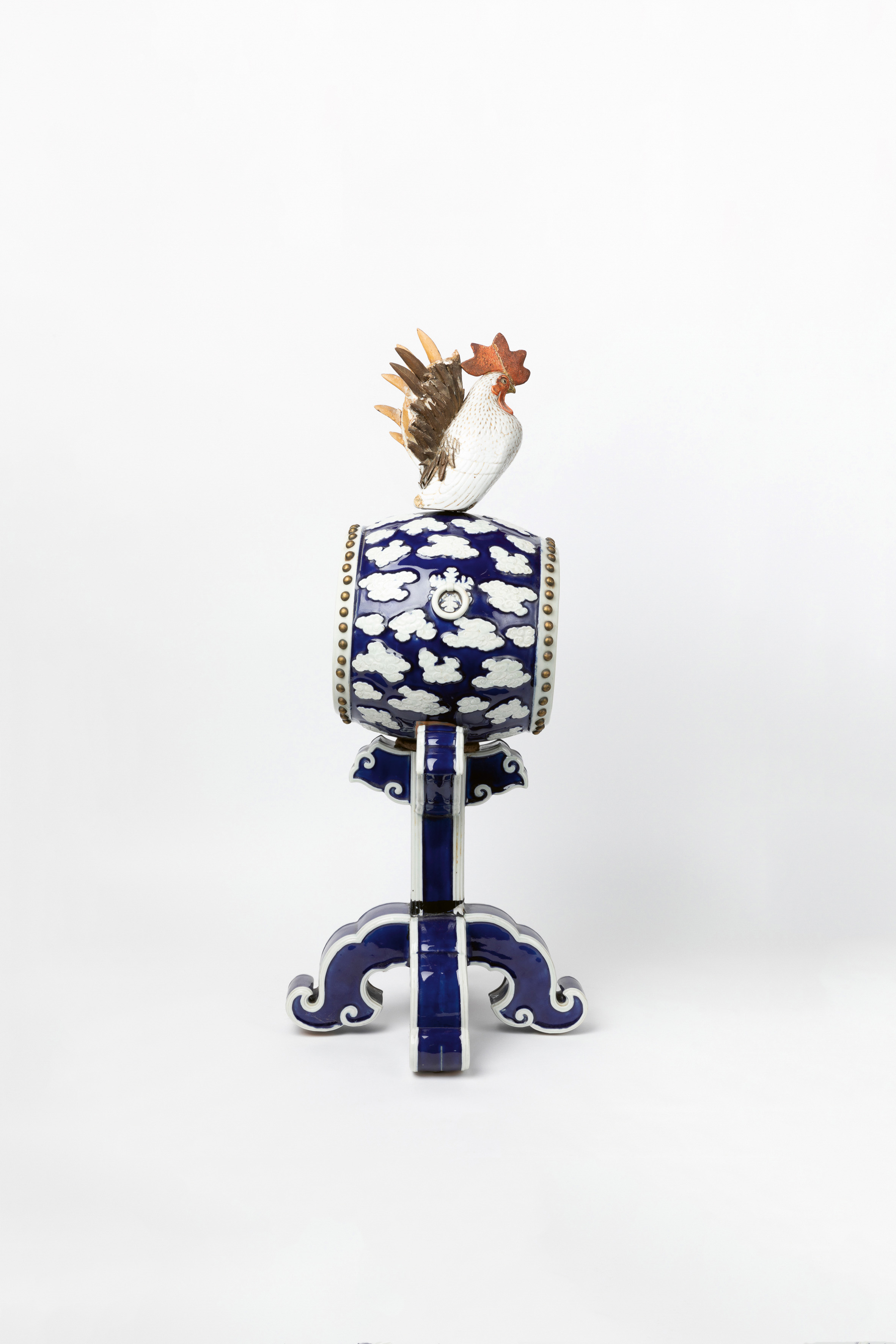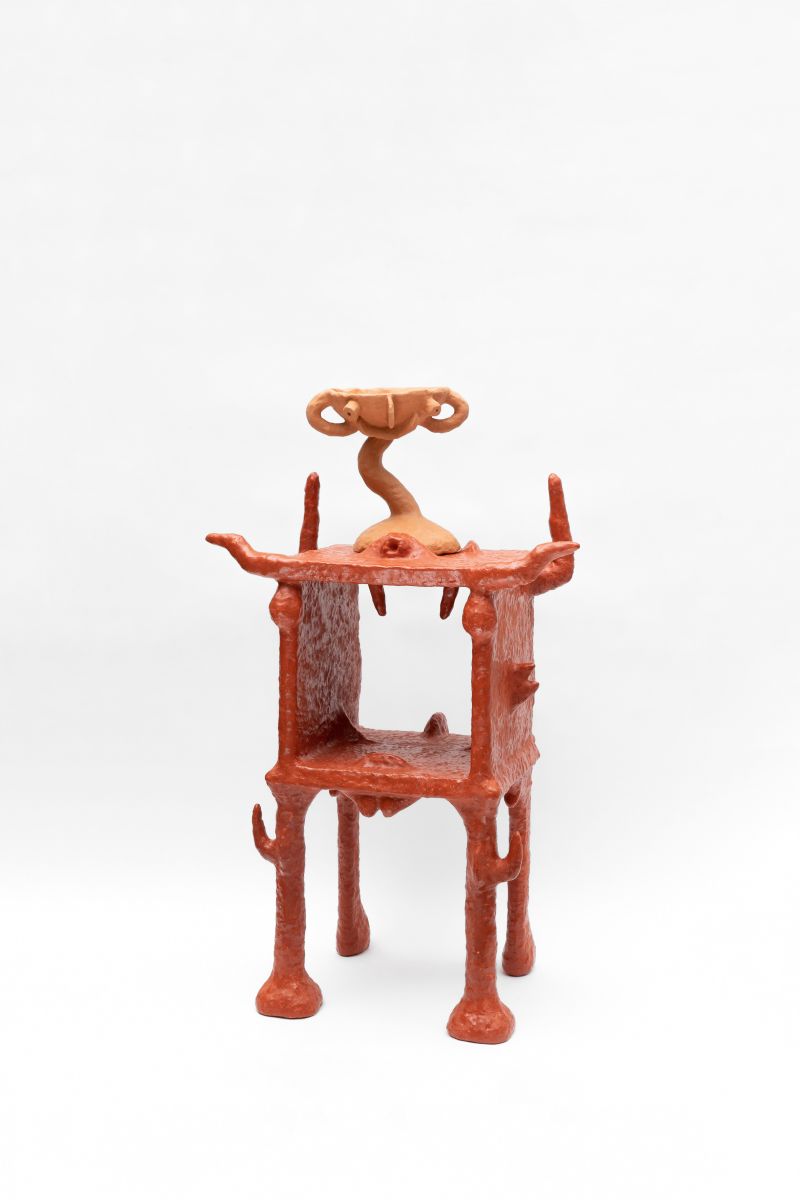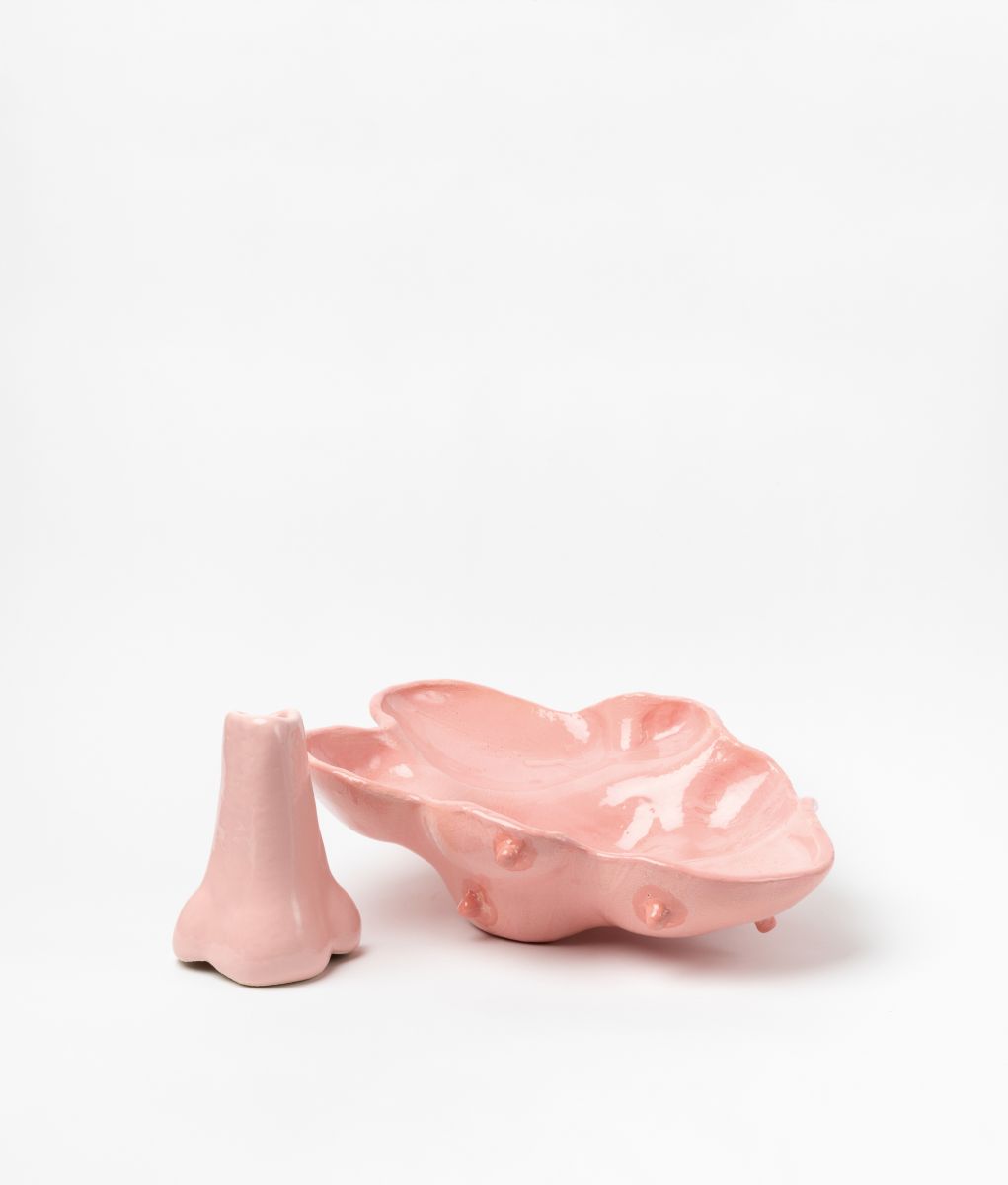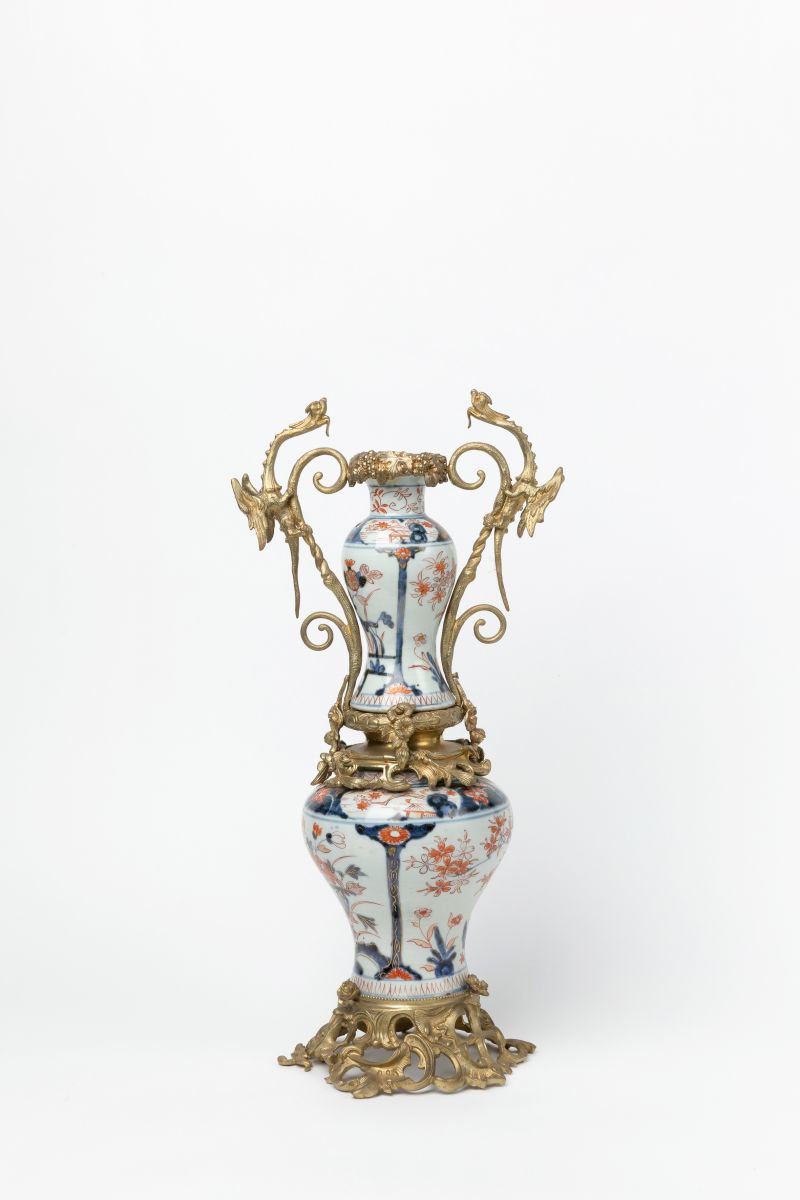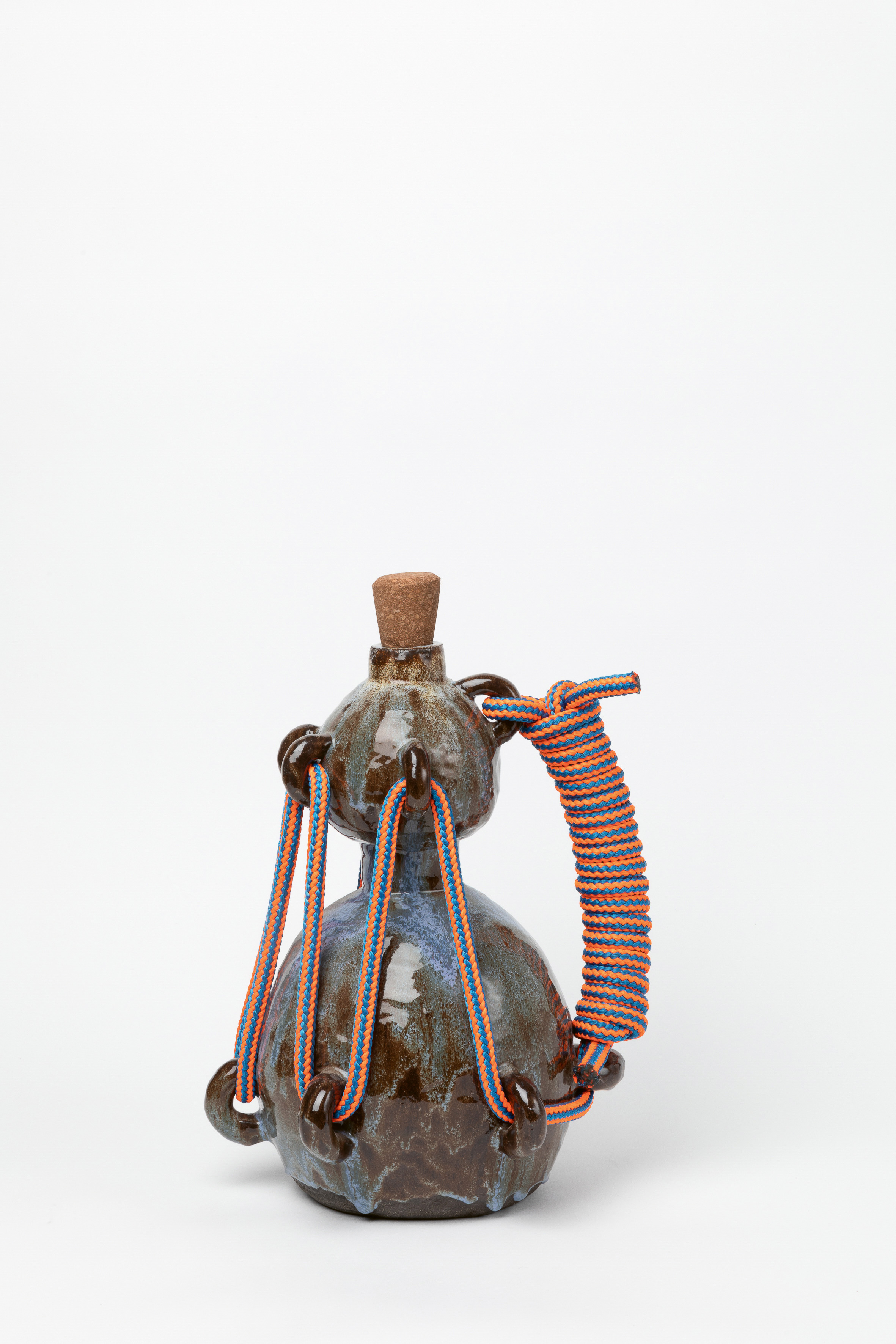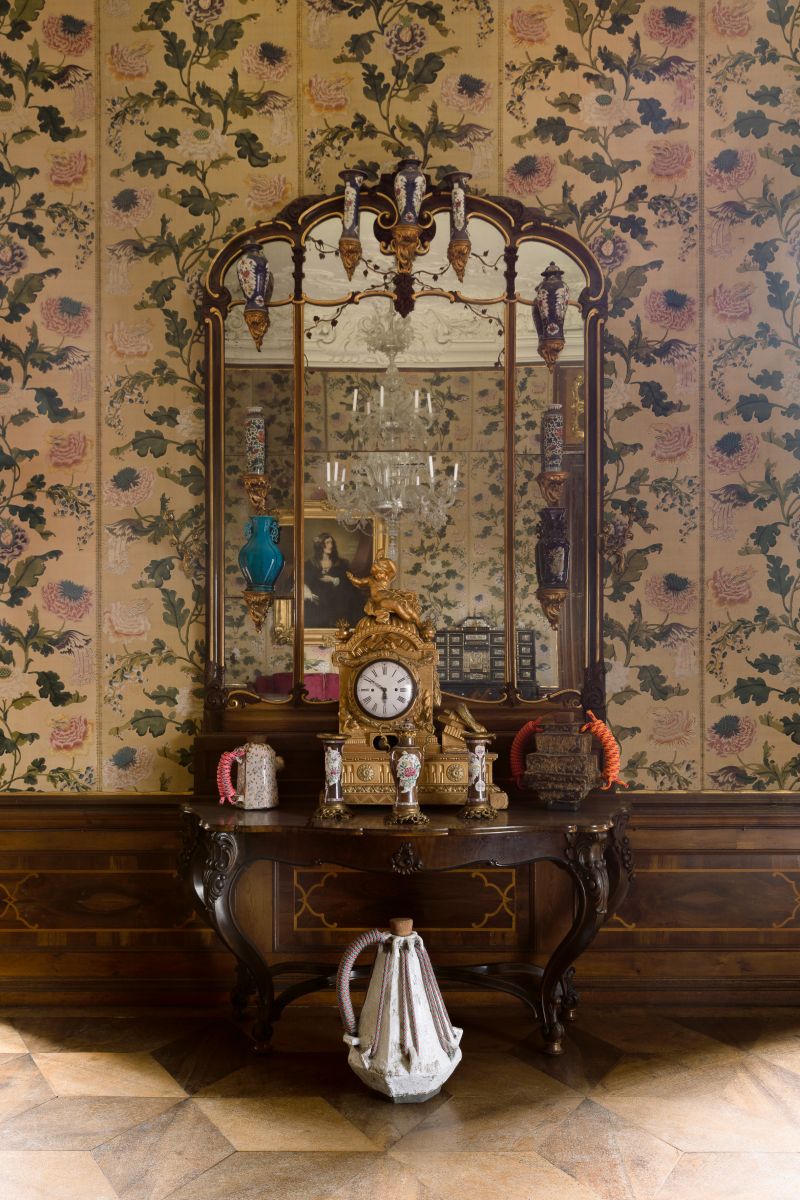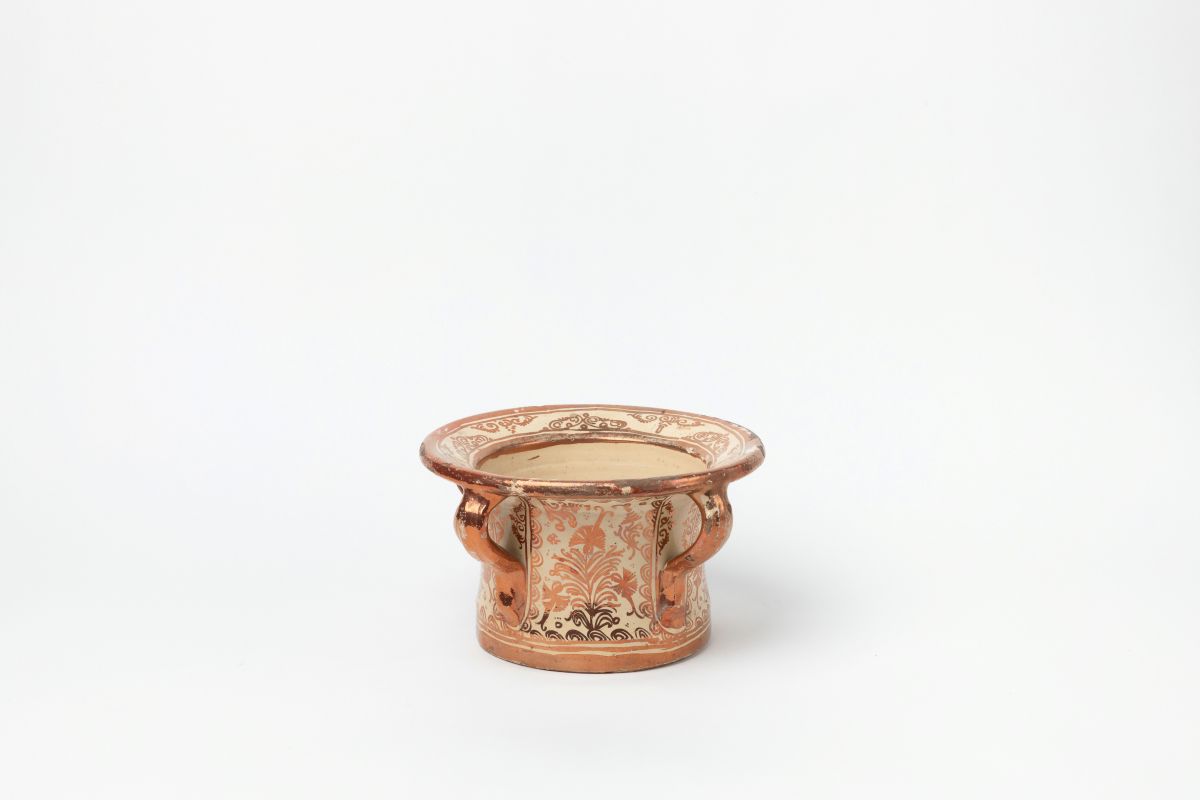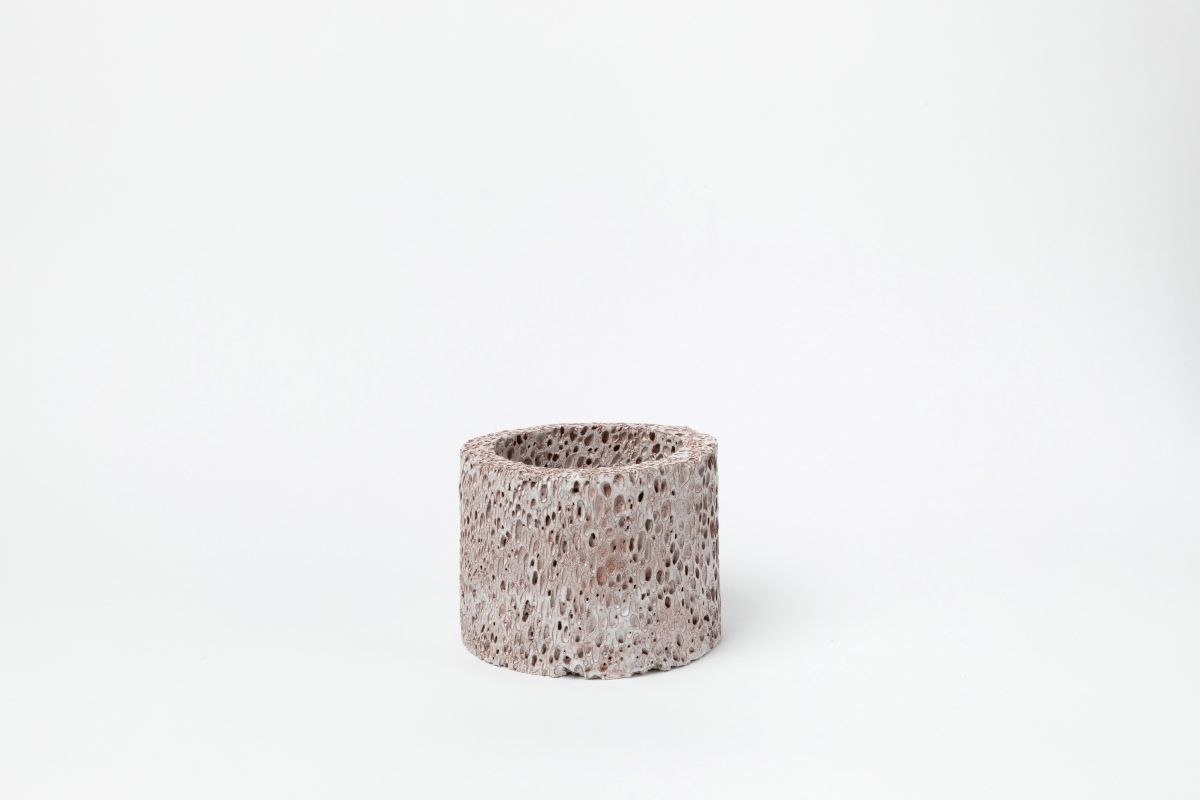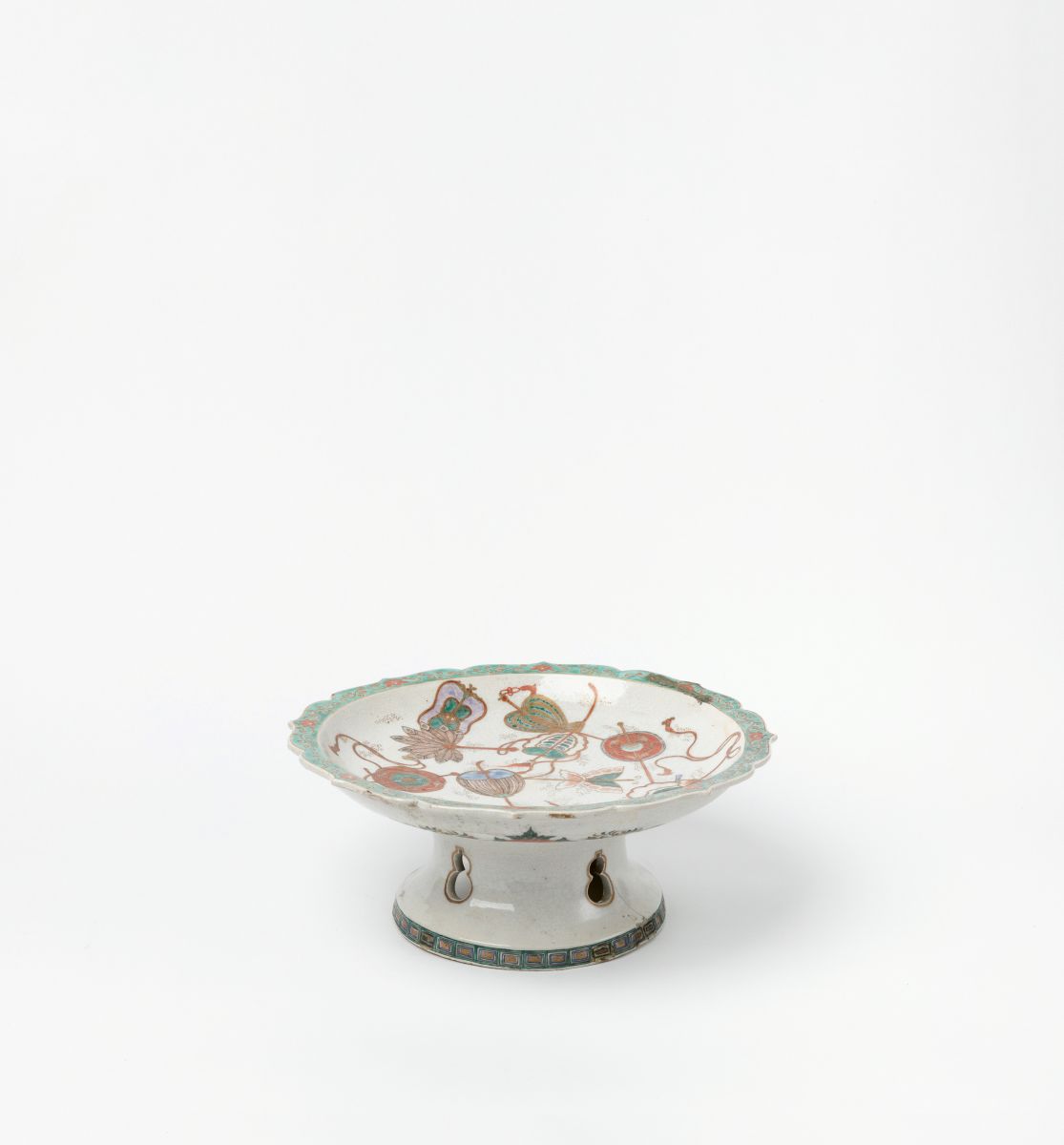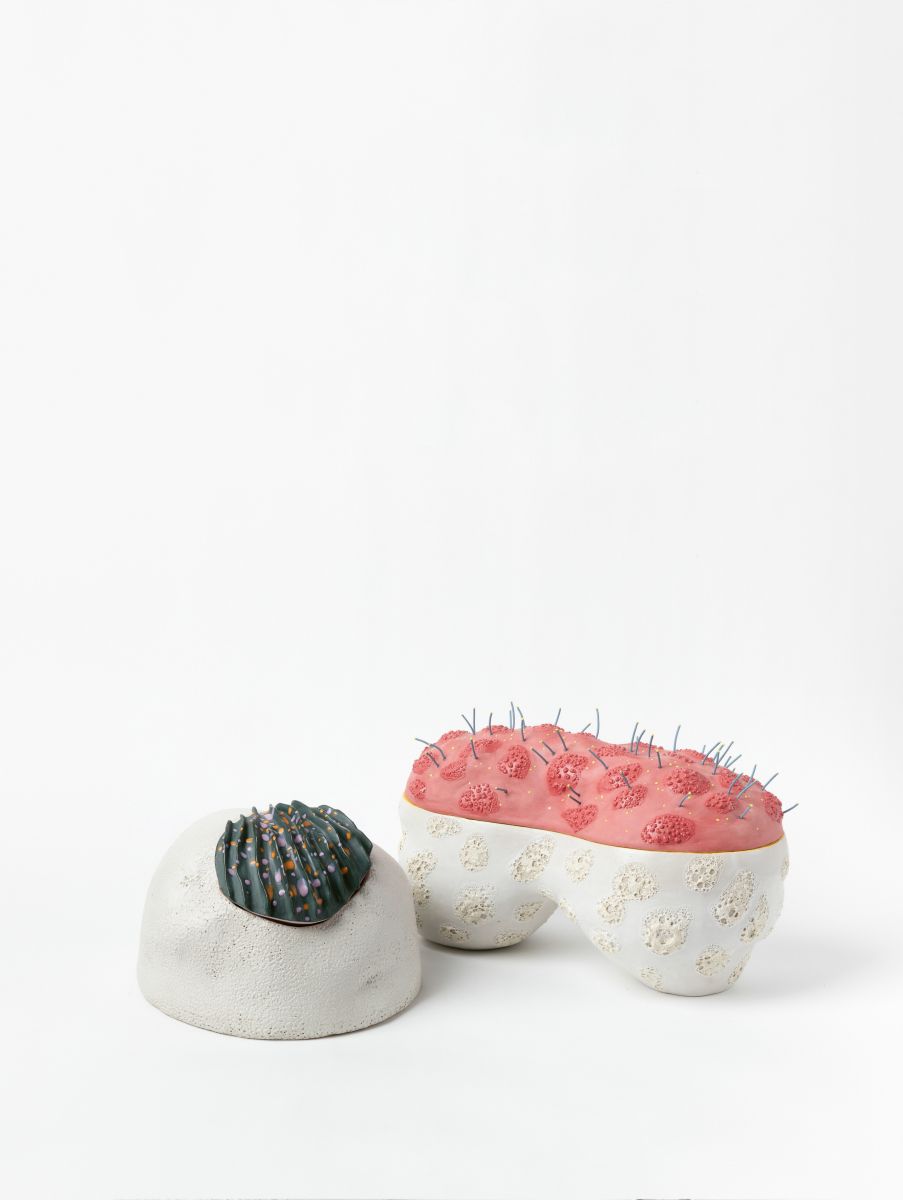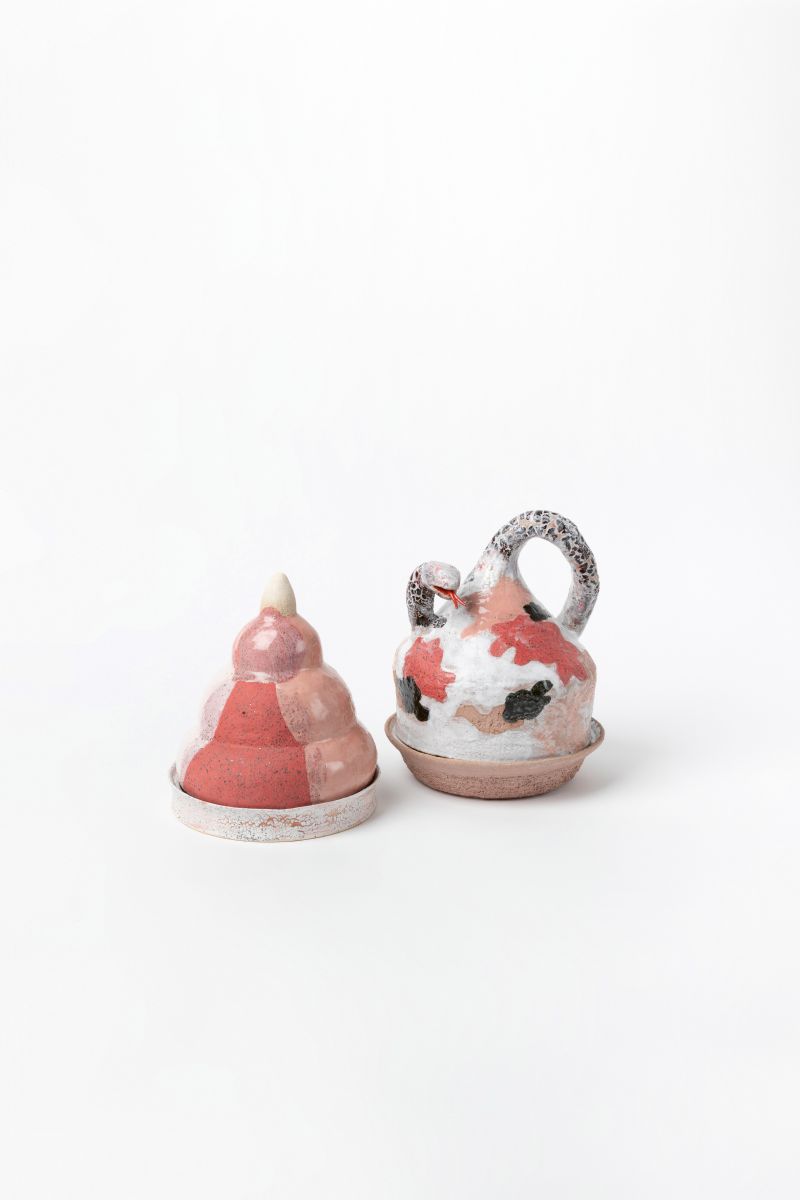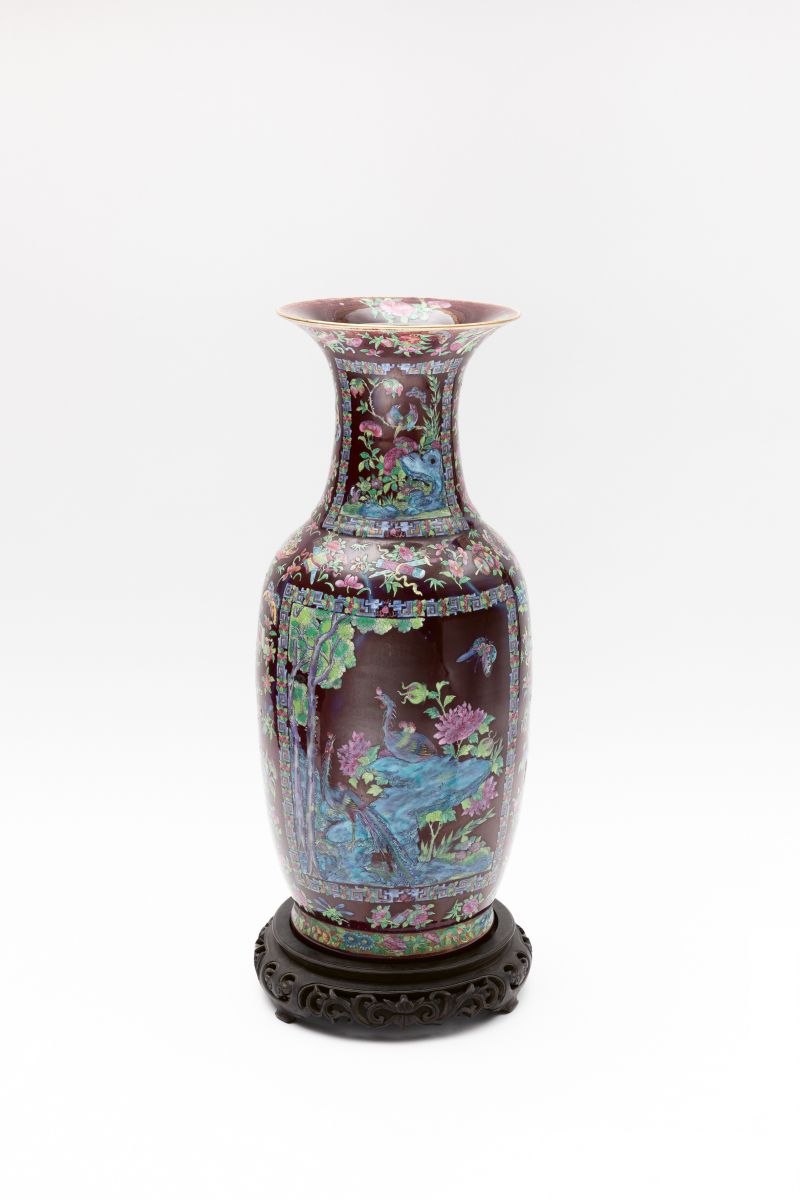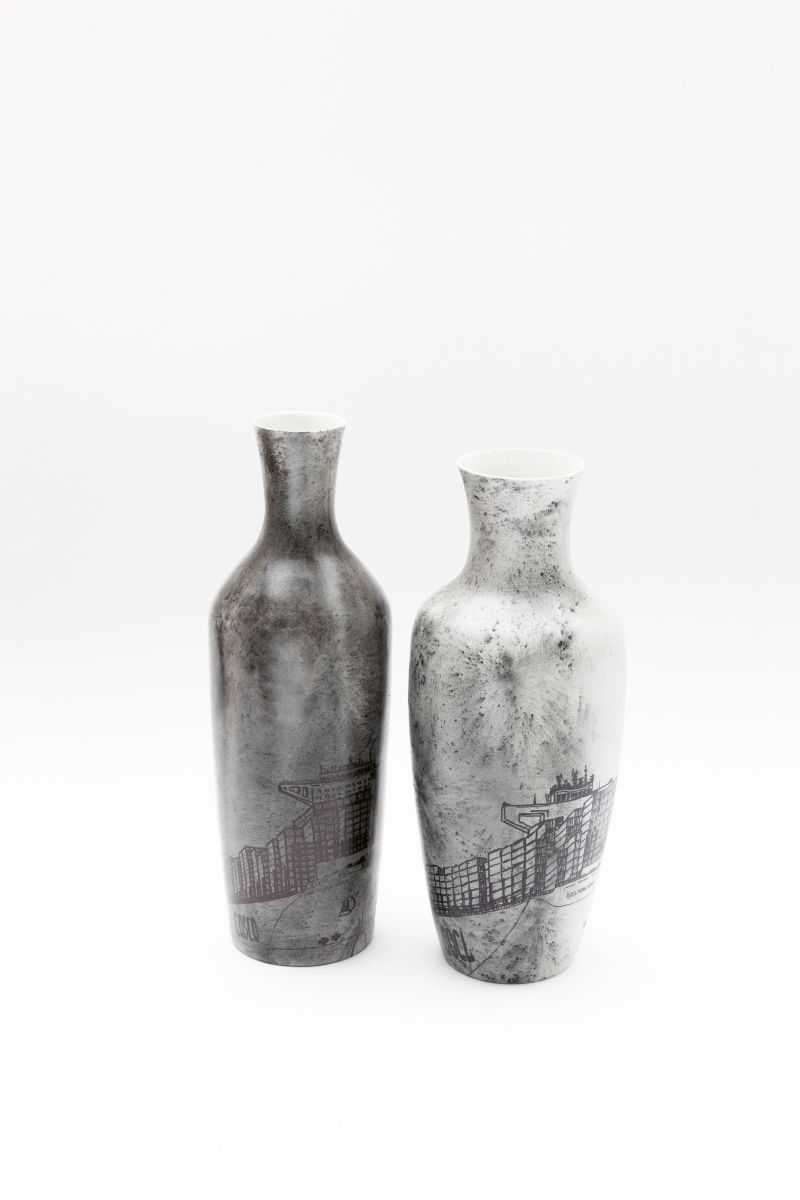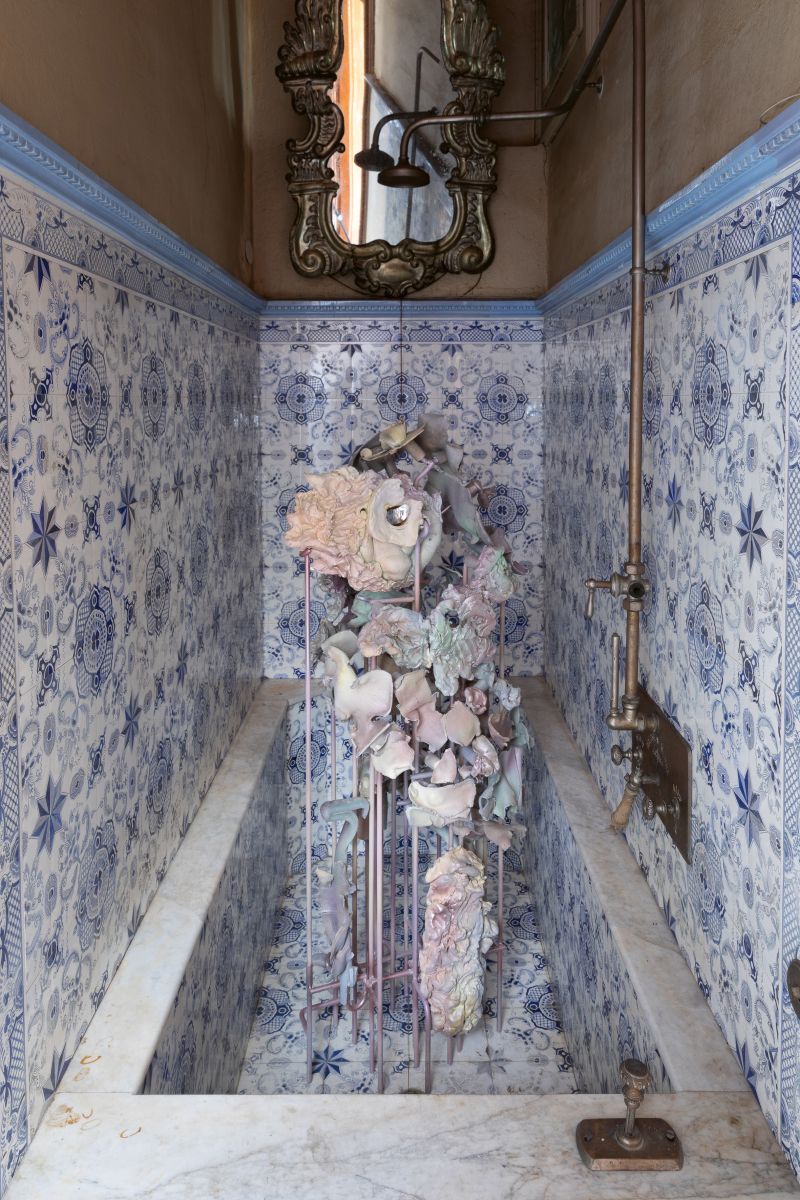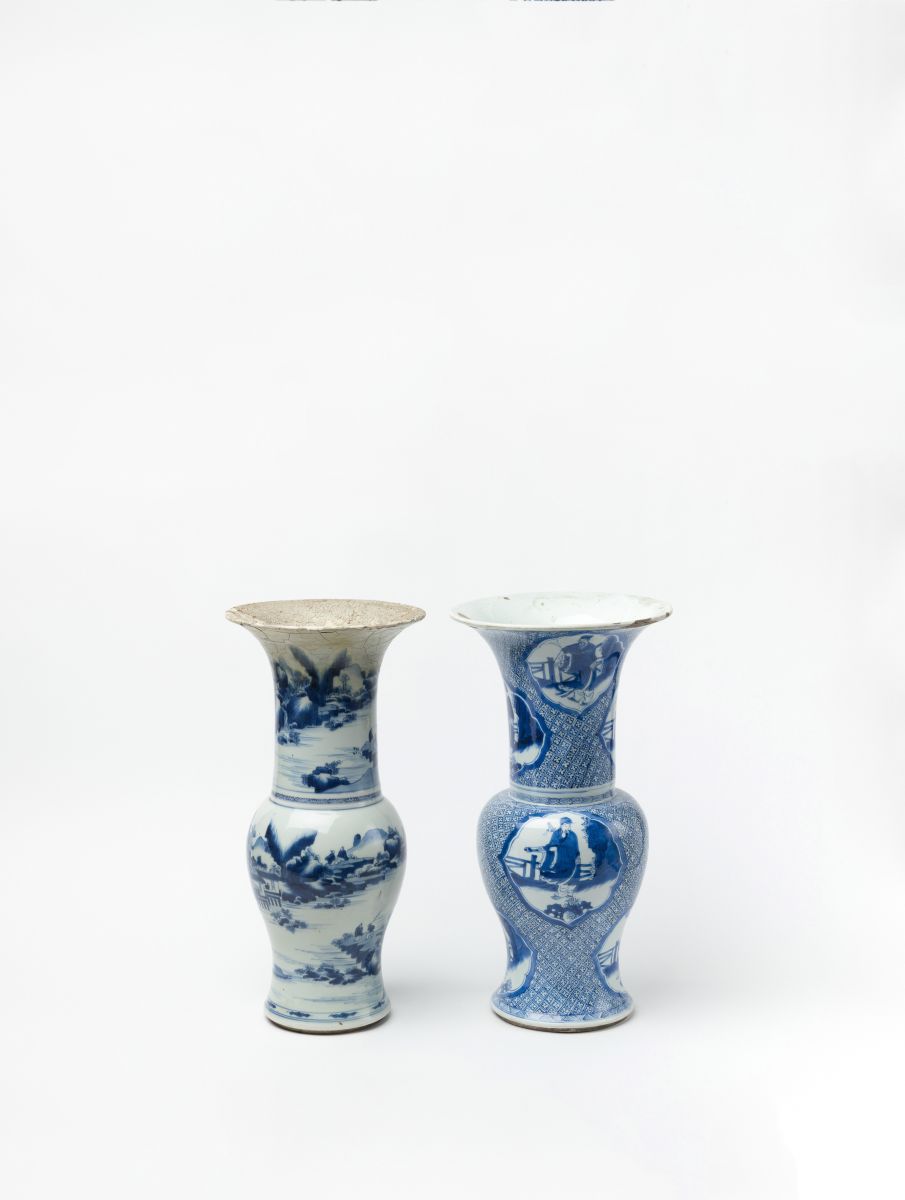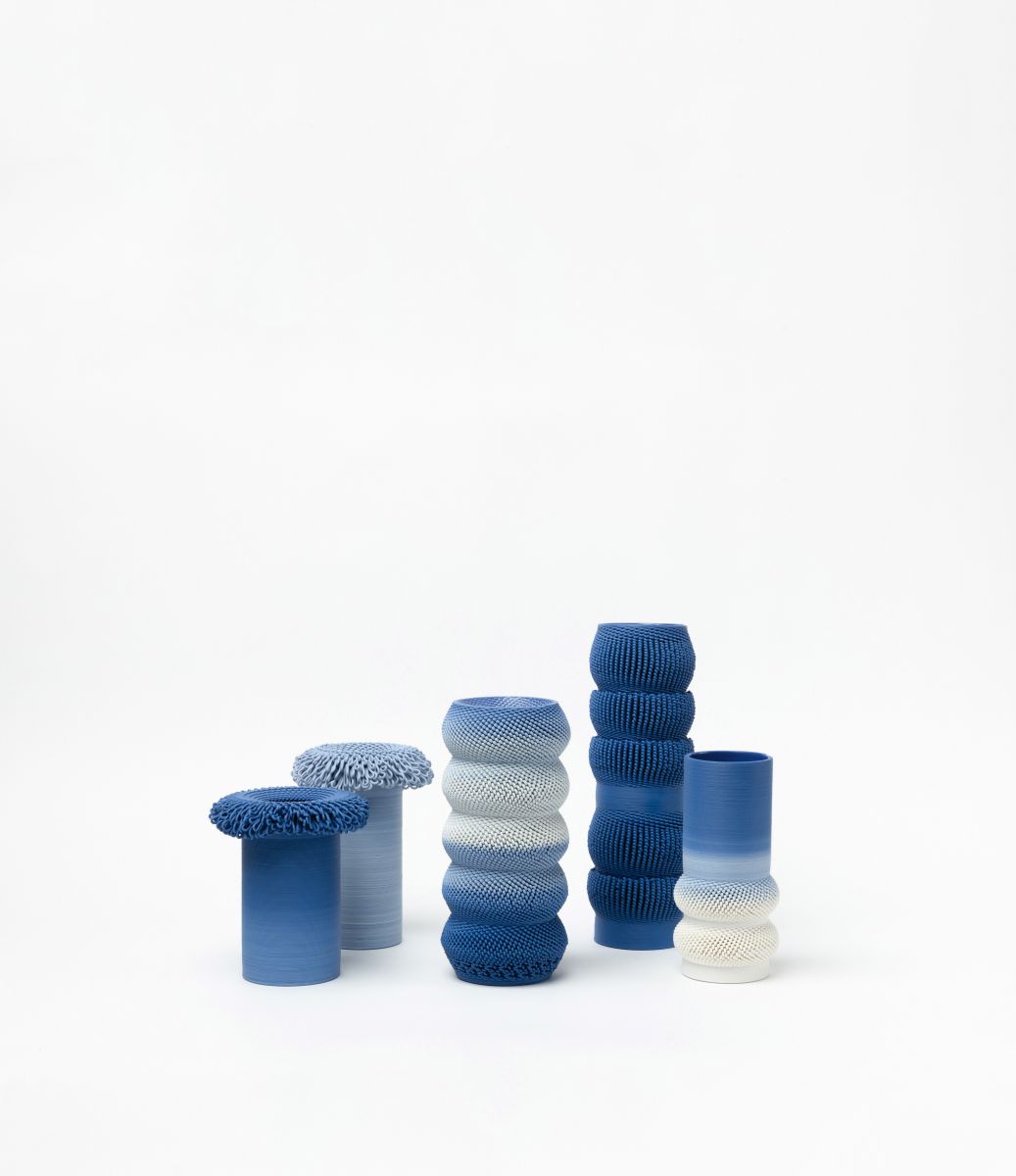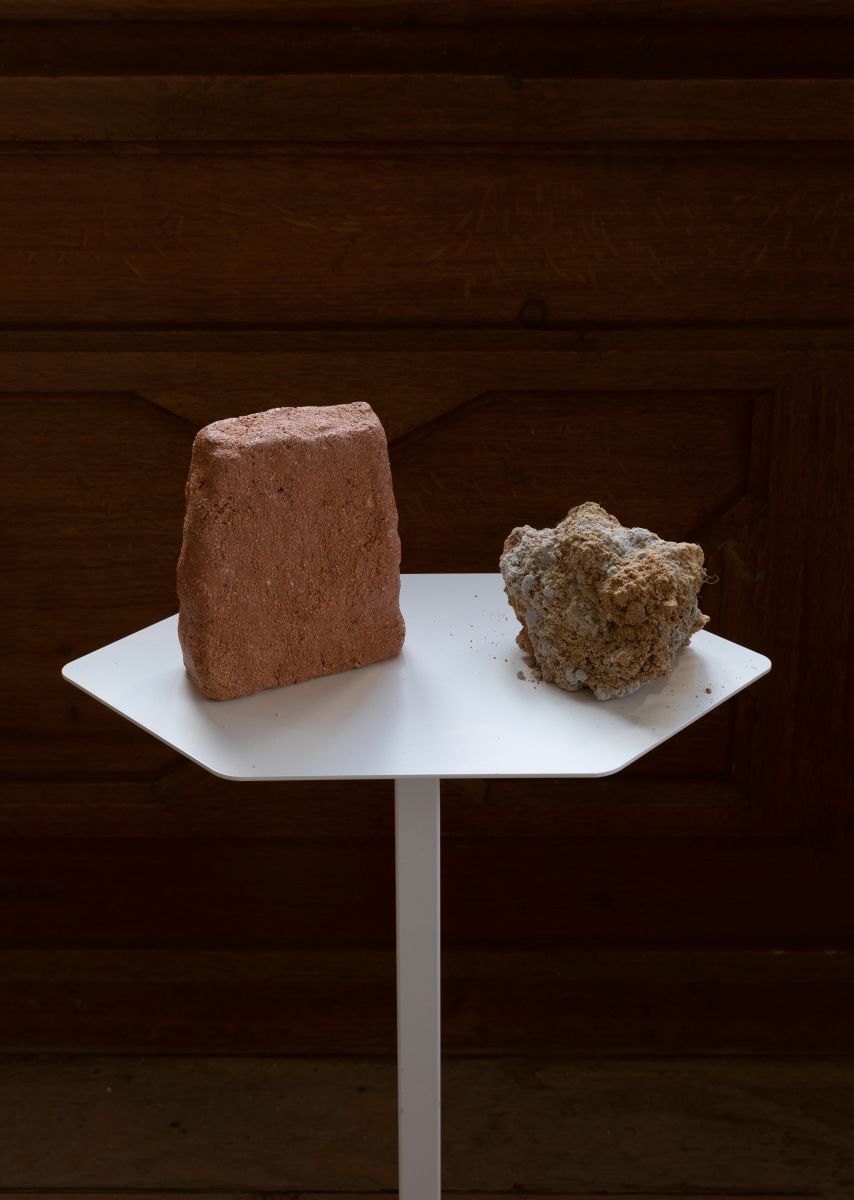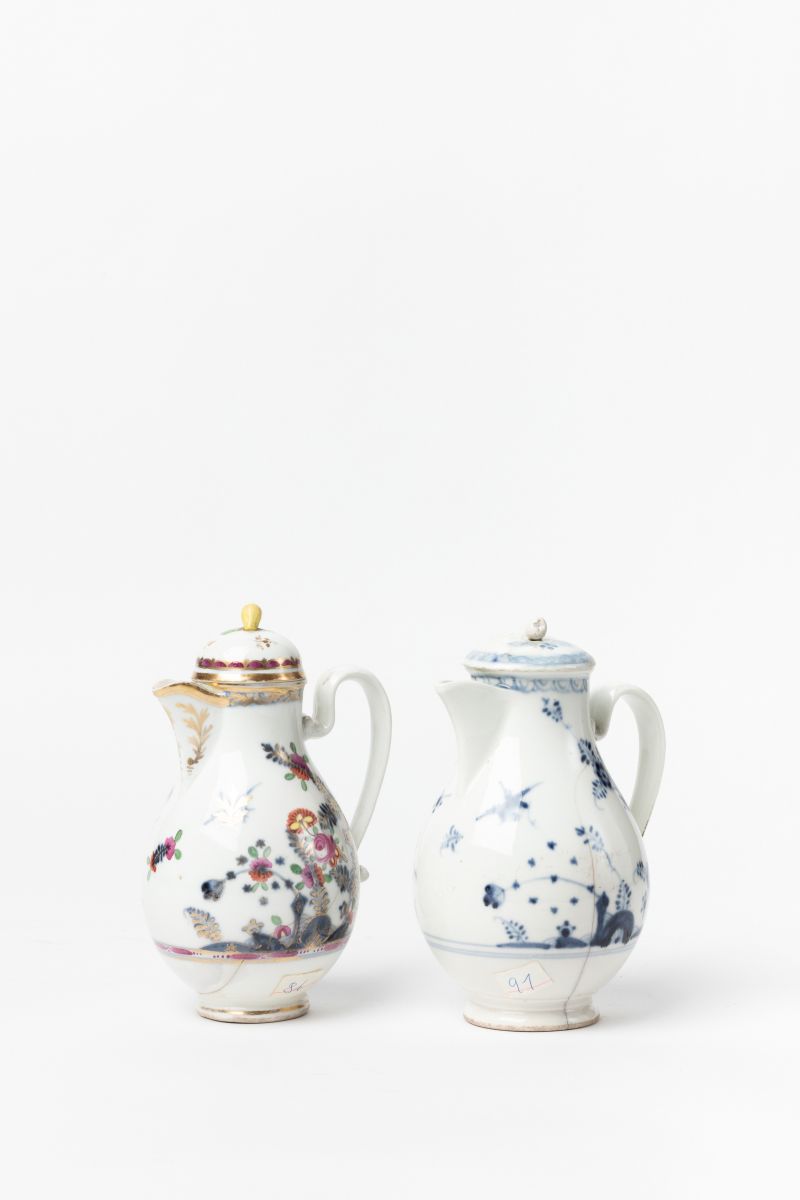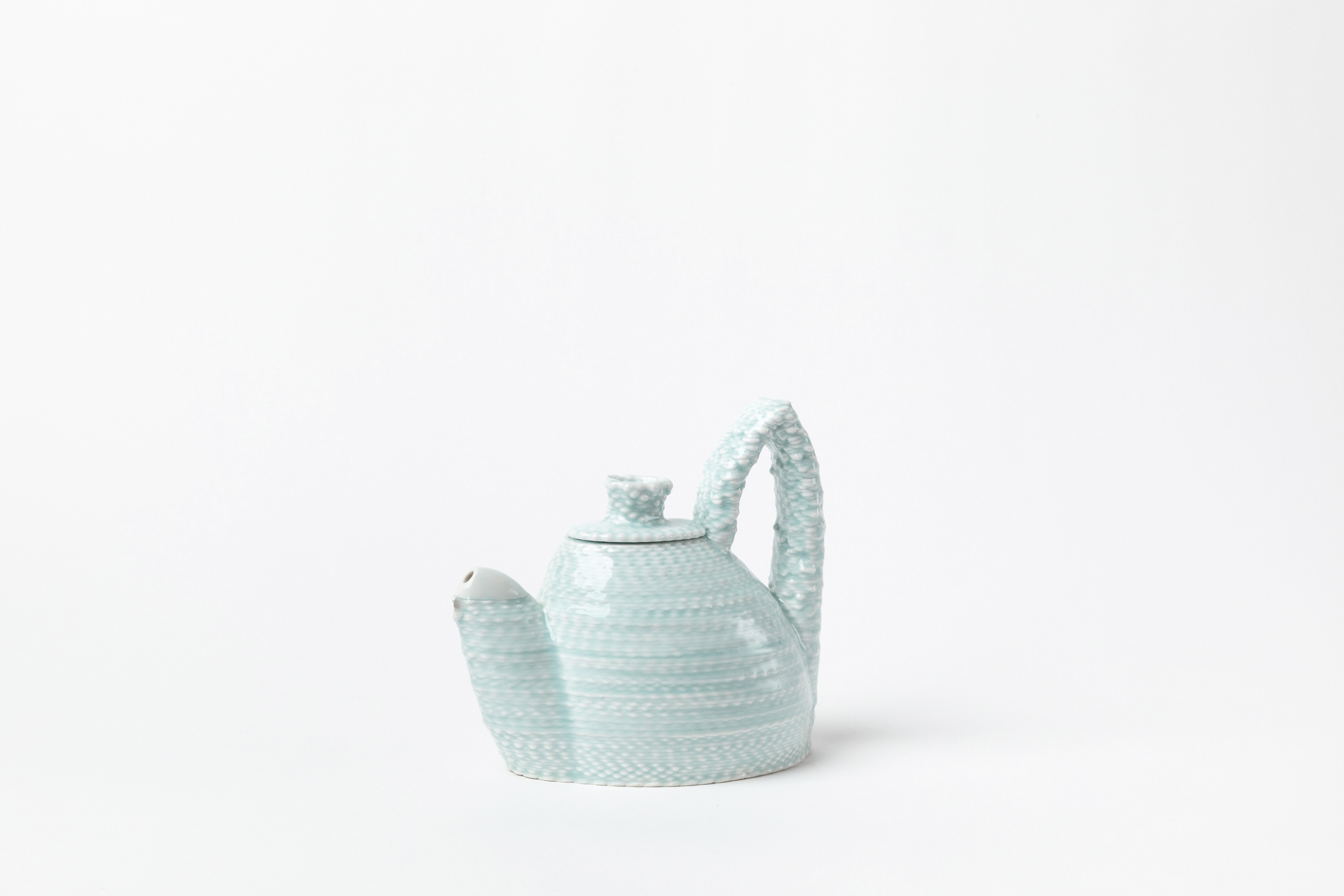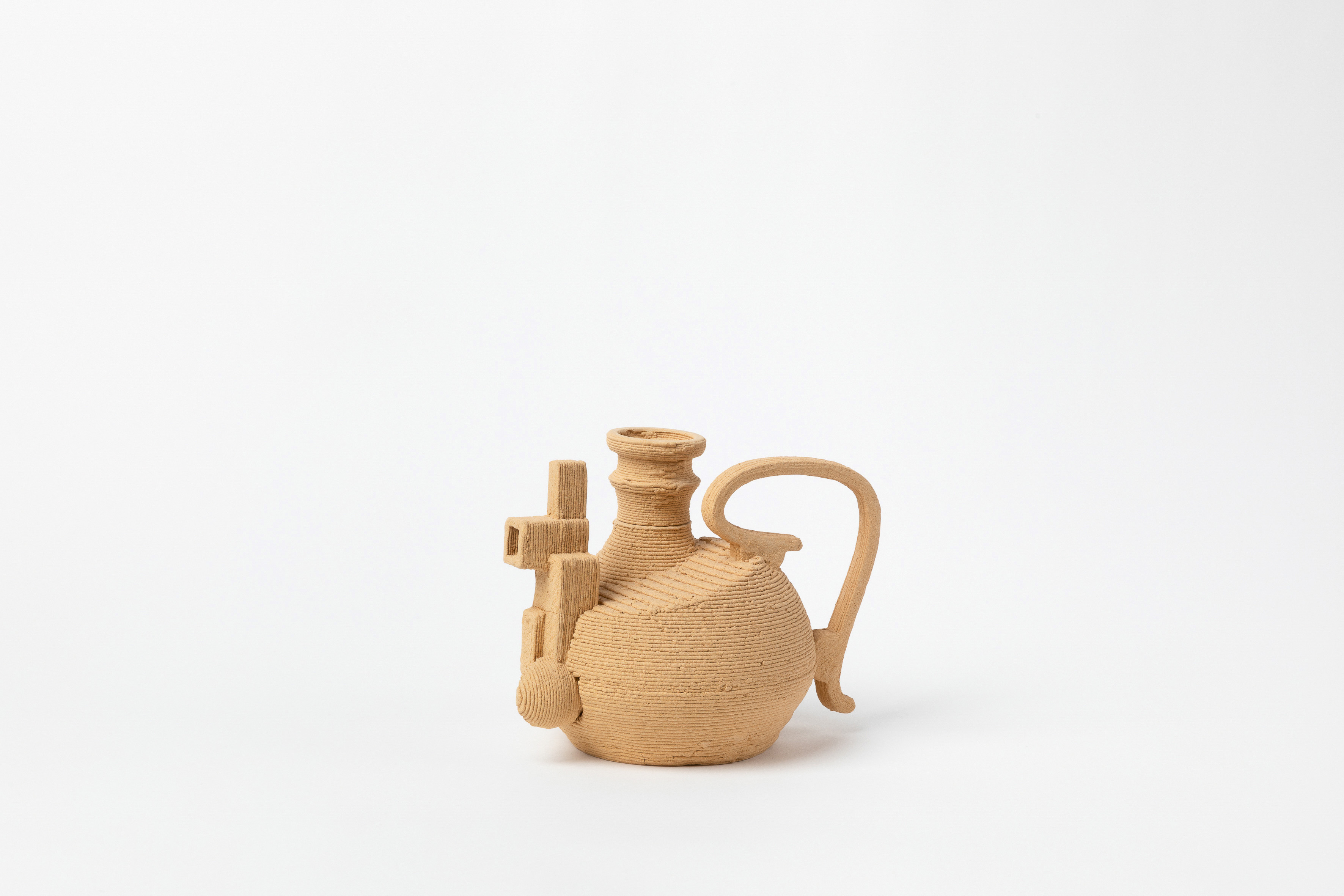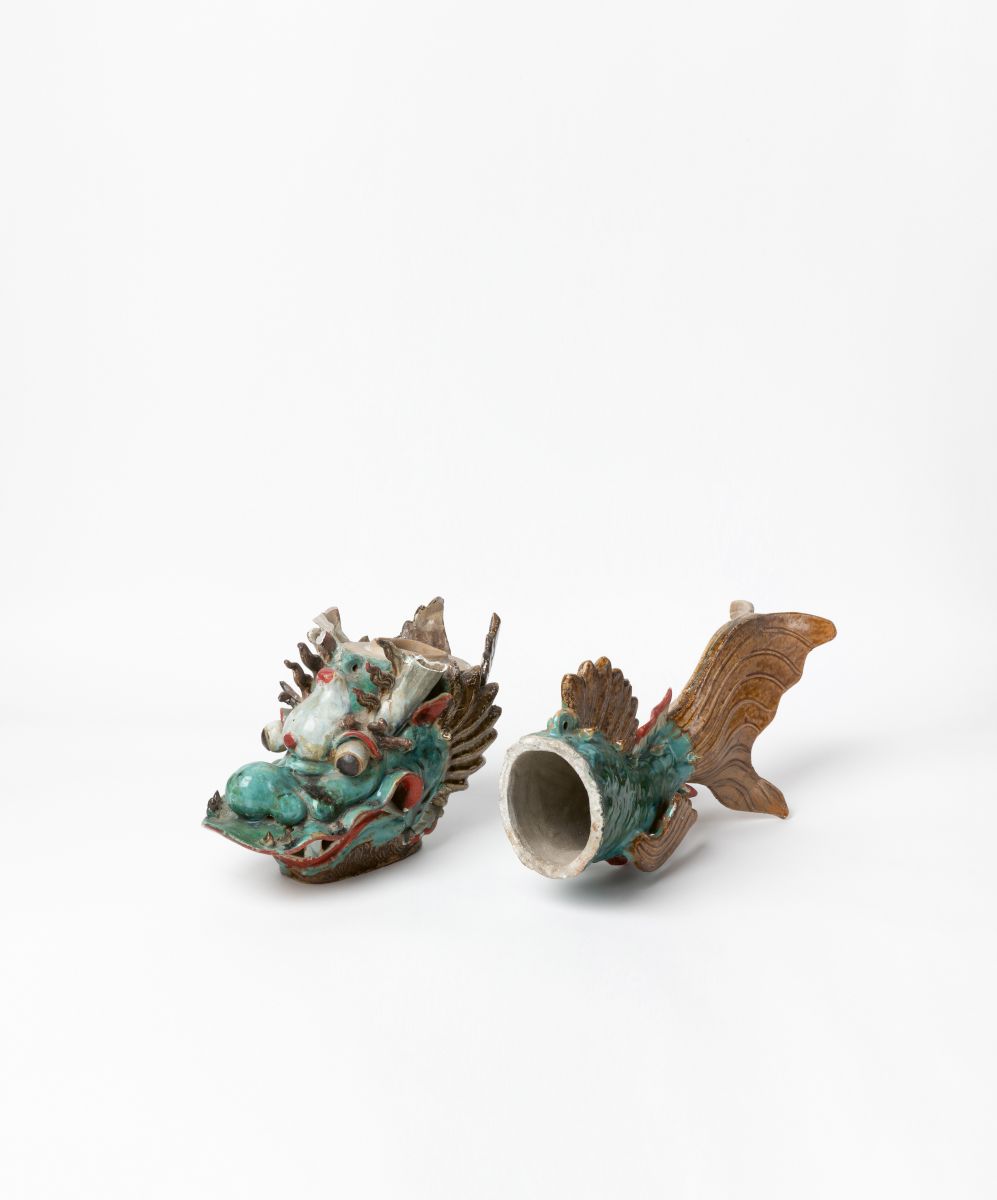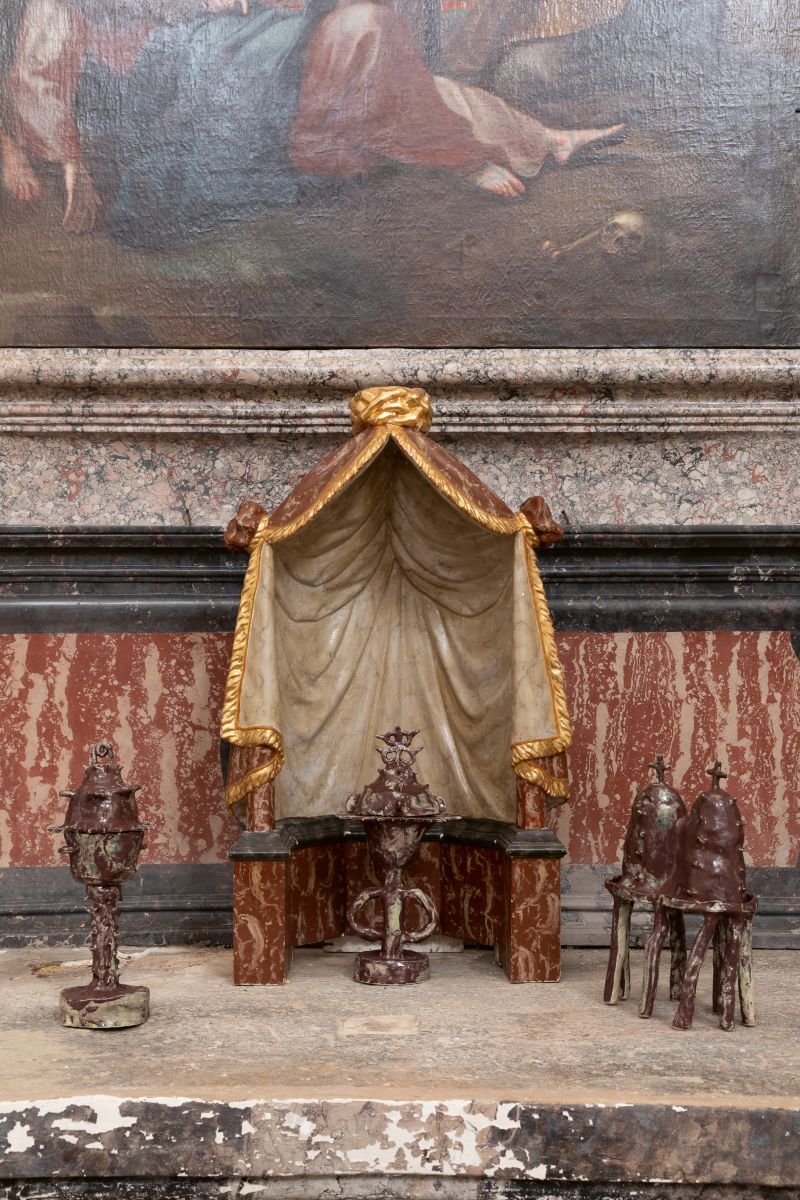A year of predominantly consuming digital content has made us hungry for tactile experiences. Being once again surrounded by physical objects is a balm for the senses. We might not be allowed to touch, but we can once again feel anew shapes and textures. Different from previous editions, this year’s exhibition concentrates on a very tactile medium: ceramics. The word ceramics comes from the Greek “keramos” meaning “burnt earth”; it describes any object made by a mixture of clay, earthen elements, powders, and water which is fired in a high temperature oven known as a kiln.
Ceramic was the first entirely manmade material, and almost every primitive society produced some kind of earthenware from readily available ingredients. Ceramic objects could be used for food storage, cooking and for transporting water. The aesthetic range of ceramics is enormous, and the different techniques for producing anything from pottery to porcelain are as varied and diverse as the soils of our earth. The outcome is just as much about chemistry, geology, and technology as it is an expression of taste and aesthetics. The historical rooms of Schloss Hollenegg are filled with ceramic and porcelain pieces ranging from Japanese Imari wares to Chinese vases, Augarten tea cups, Meissen plates, Nymphenburg centrepieces, Persian tiles and imposing stoves from the 16th to the 18th centuries. Next to the precious pieces, one can often find more mundane and charming objects that testify to the history of the castle as a home. For Earth and Fire twenty-three contemporary designers present their own ceramic work, side by side with to the historical pieces of Schloss Hollenegg. Some objects share a shape or function, others a particular characteristic or an aesthetic affinity.
The pairings have given life to unusual and imaginary conversations through which, one can better under-stand each object. An inquisitive observer can unearth facts and hypothesis by comparison: we notice a curve when we observe a straight line; we admire a gleam when we can recognise opaqueness; we enjoy colour because we identify white. By placing old and new ceramics next to each other, the exhibition aims to take the visitor on journey of discovery, showcasing the incredible ingenuity of artisans and designers and the almost magical power of combining earth and fire. At the same time, only a short walk from the castle, half hidden in the forest, the artist Marie Janssen is building a large installation, entirely in ceramic, by hand: a fountain in the shape of a shell. The large public art project, modelled on a water snail and reminiscent of a human ear, will be fired on site. The functioning fountain will remain as a present for the community, as a mysterious stranded memento of a time that once was.
Photography:
LippZahnschirm
Participants:
- Ahryun Lee
- Alice Walton
- Alterfact
- Attua Aparicio
- Babette Wiezorek
- Bnag
- Decio Studio
- Erik Haugsby
- Jessie Derogy
- Karl Moines
- Katie Stout
- Floris Wubben
- Maria Scharl
- Marie Janssen
- Misha Kahn
- Onka Allmayer-Beck
- Prinzhorn Kadanka
- Reinaldo Sanguino
- Sarah Pschorn
- Sem Leutscher
- Studio Furthermore
- Teresa Berger
- Unfold
Supported by:




